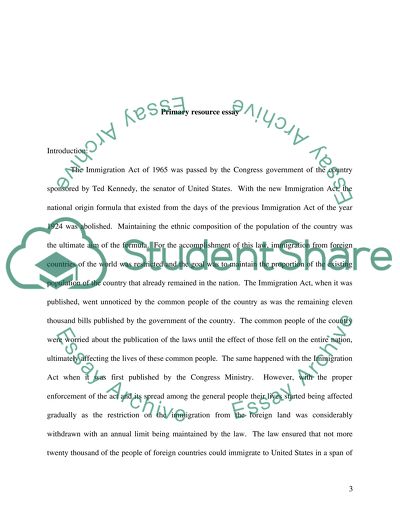Cite this document
(“The effects of the US 1965 Immigration Act Essay”, n.d.)
Retrieved de https://studentshare.org/environmental-studies/1416508-the-effects-of-the-us
Retrieved de https://studentshare.org/environmental-studies/1416508-the-effects-of-the-us
(The Effects of the US 1965 Immigration Act Essay)
https://studentshare.org/environmental-studies/1416508-the-effects-of-the-us.
https://studentshare.org/environmental-studies/1416508-the-effects-of-the-us.
“The Effects of the US 1965 Immigration Act Essay”, n.d. https://studentshare.org/environmental-studies/1416508-the-effects-of-the-us.


